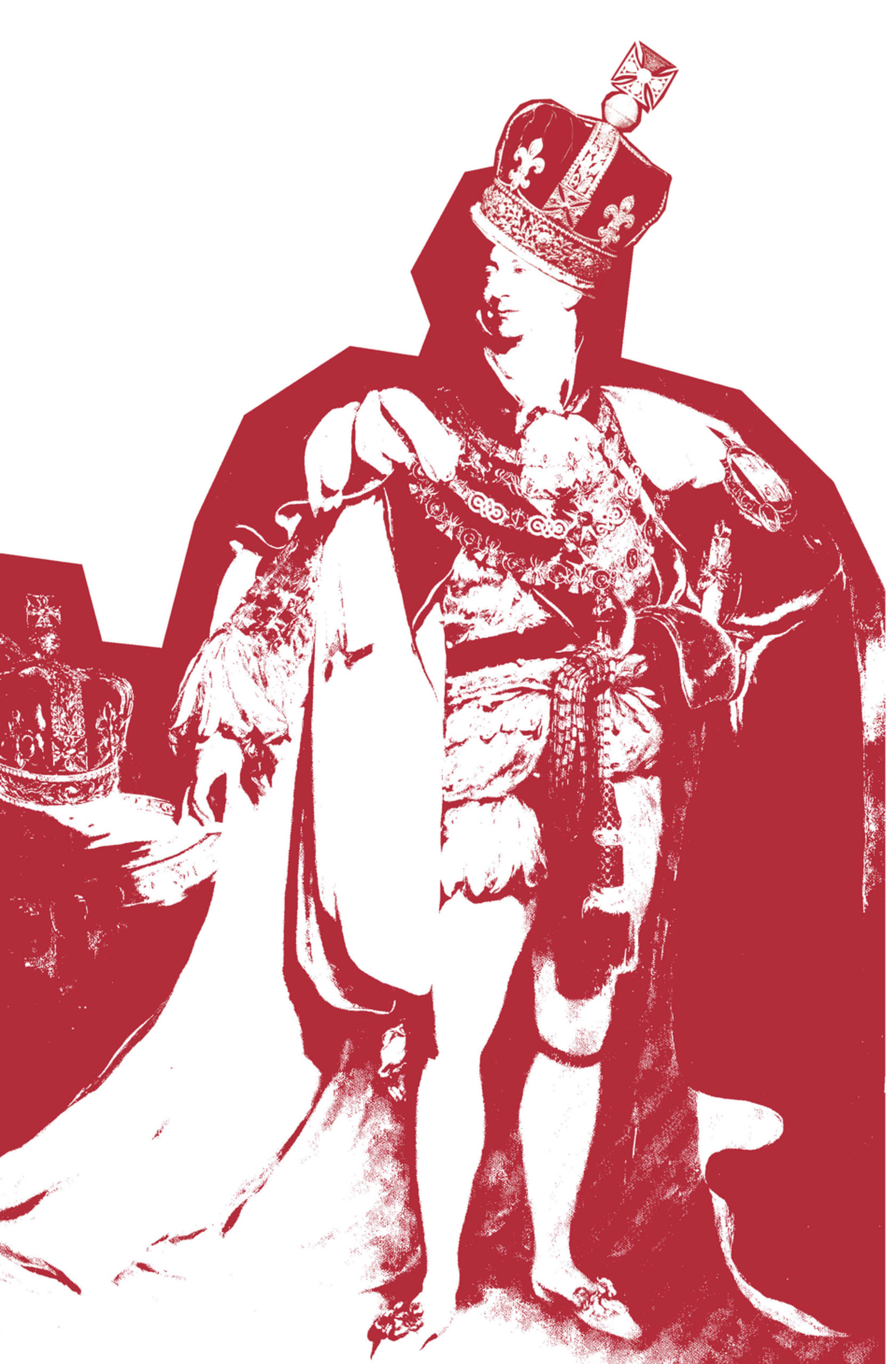My educational background is far from historically based. I graduated in 2019 from London College of Fashion with a First in Fashion Contour (lingerie and swimwear design) and until 2021, worked within the luxury lingerie and fashion industry, quenching my thirst for design construction. Following a spontaneous (COVID 19/wine-fuelled) last minute application to this course, I've had the opportunity to explore aspects of historical dress and foundation garment construction through material culture and social studies - key areas I had never considered beyond the stitching of a seam or the wiring of a cup. Following this MA I am now working for a luxury fashion company as a quality control specialist assessing the construction of mouthwatering vintage designer pieces, with hopes to pursue a PhD.
Phoebe Haynes


My dissertation has been written with the aim of exposing ways in which masculinity was communicated, represented and understood through the crafting of the masculine form in the early nineteenth century. The focused date span was from 1800 - 1825, however a contextual buffer of such has also been key to this study.
The body of work is split into three main chapters - the Social Body, the Royal Body and the Geographic Body. Each explore how foundation garments were used to shape the male figure in order to communicate coded messages; with each chapter covering different intentions. The first explores individual interactions between social familiars, how a language was developed through the bodily rhetoric and the ideals of celebrity. The second is a case study on the careful crafting of George IV. What the shape of a royal figurehead could communicate and represent for the health, future and priorities of a nation. The third focuses on the mass-manipulation of flesh as a political device. How the standardisation of silhouette aided the military within the context of the Napoleonic wars, and the integral creation of a patriotic image. Each study is explored through the comparison of primary source imagery such as contemporary satirical prints and portraiture. The intentions of each are assessed and then compared to surviving evidence such as a paper pattern for a ‘waist control belt’ created for George IV, as well as clothing and tailoring account ledgers. Social theorists such as Michel Foucault and Norbert Elias, and fashion thinker Hilary Davidson will be examined and their ideologies applied to arguments such as the authenticity of material reproduction and mass-individuality.
The nature of the formation of masculinities through the use of foundation garments is, in itself, contradictory and full of irony. The popularity of the dandy in early nineteenth century society is intertwined throughout, and the cyclical nature of fashion is an ever-present reminder of the fragility in the representational value of gender.